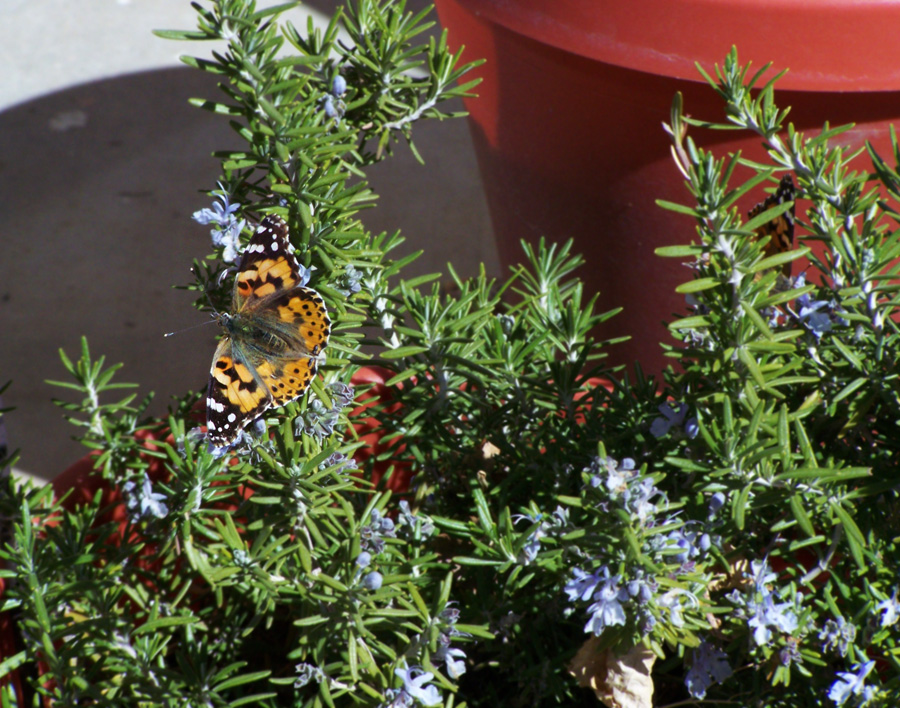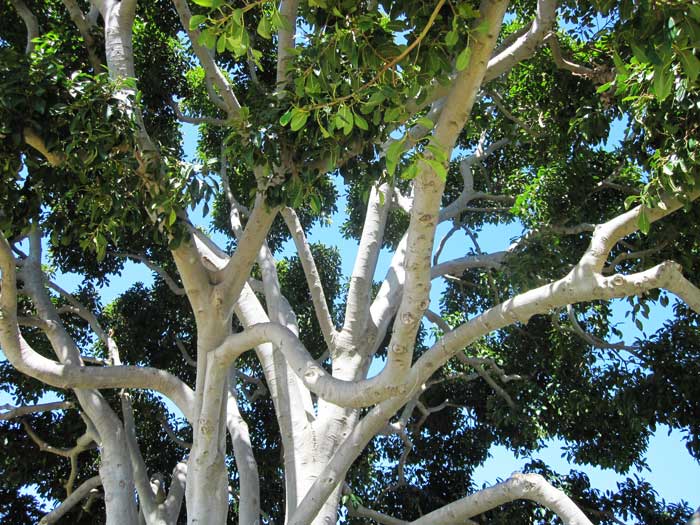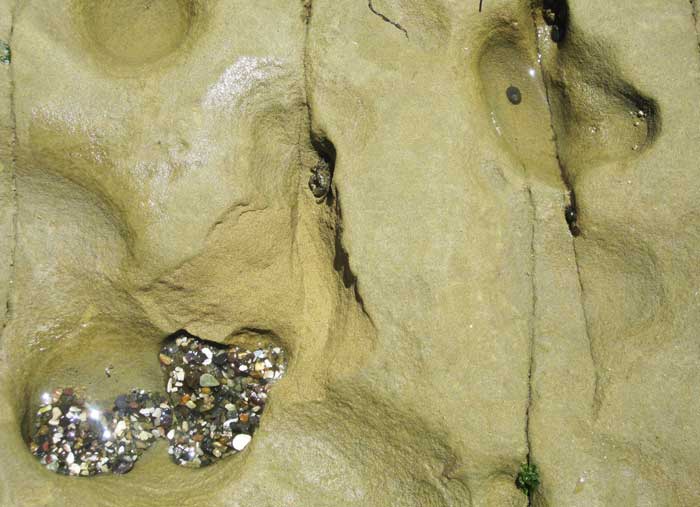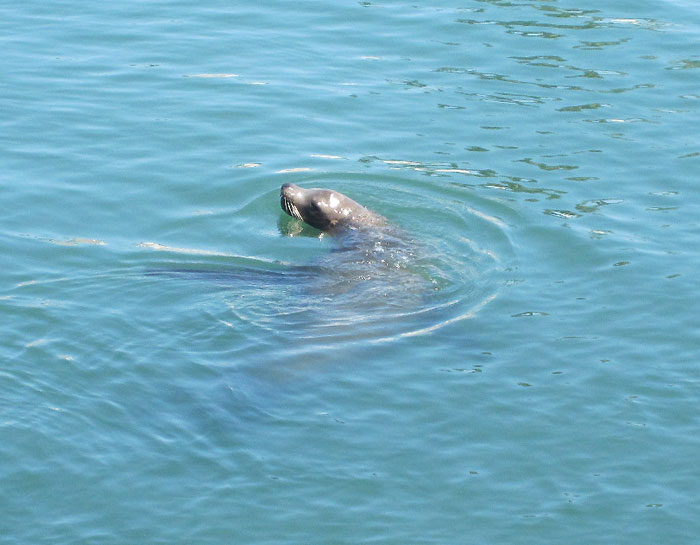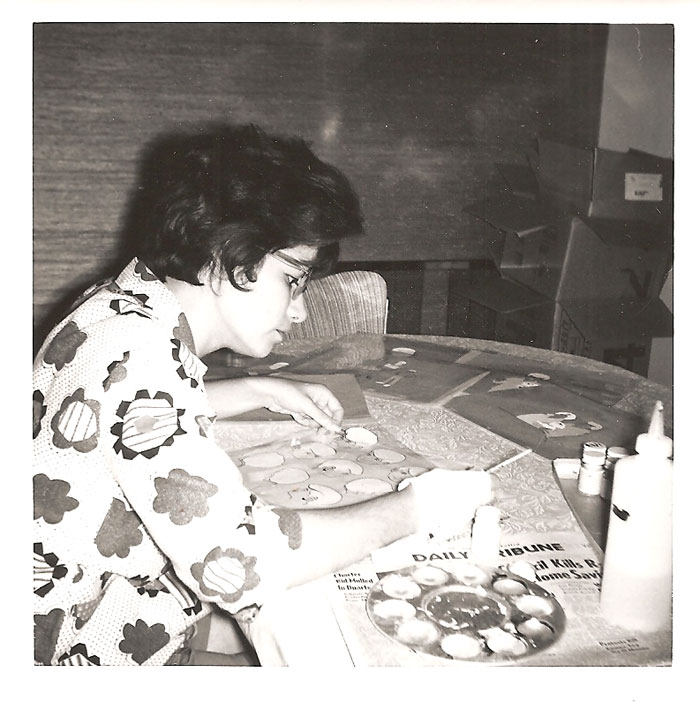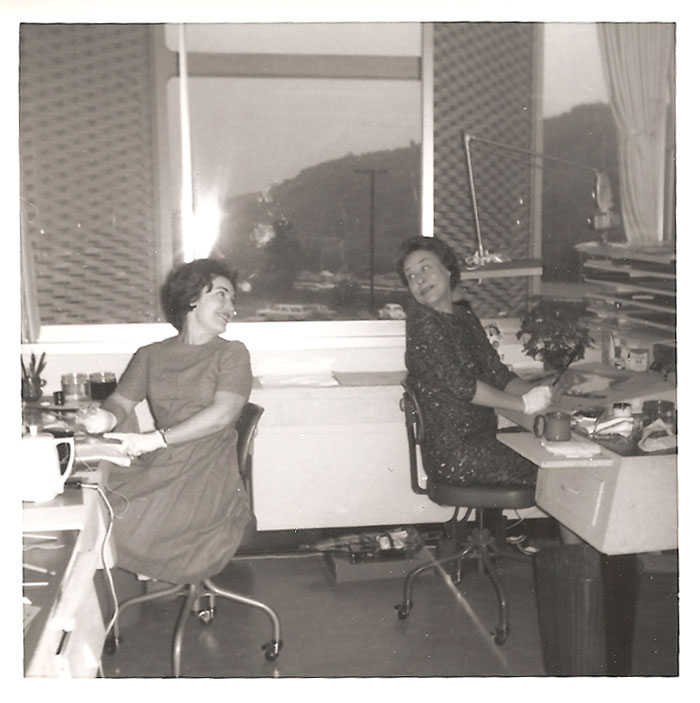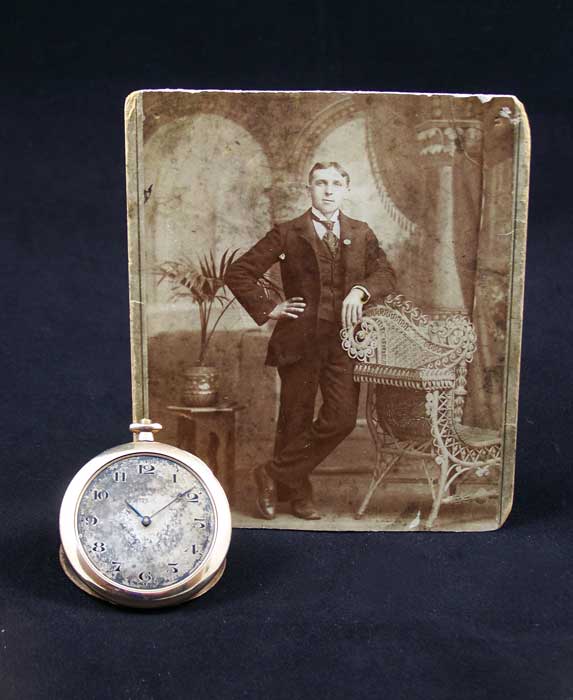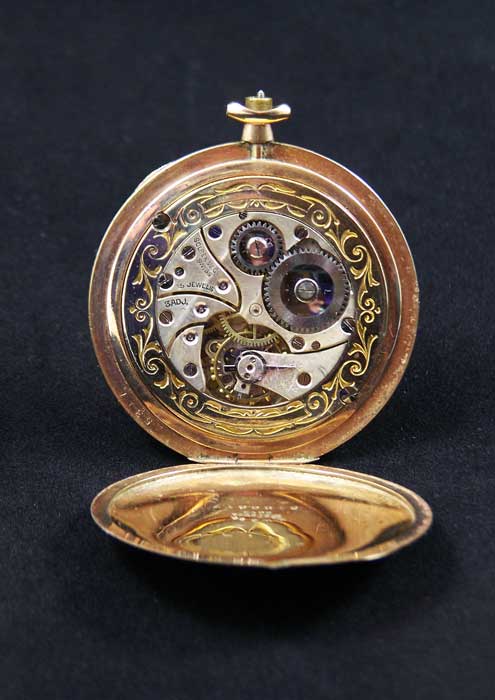DIY Butterflies on the green
I have a country garden on my property and I have fun growing all types of herbs, flowering plants and vegetables. Each year depending on the season I can see variety of wildlife coming into the garden to collect nectar, seeds and water. I make it a point to take as many breaks as possible to go work or watch the garden. Earlier this season I found a butterfly sitting on top of my flowering rosemary. I watched it fly about the garden for a bit, I then noticed a second one, then another and another! Soon the yard was full of butterflies! They look to be a butterfly known as the American Lady (Vanessa virginiensis), they have a rather “fuzzy” body and long antennae. I was able to take some photos of these lovely creatures with my camera. It got my mind whirling on how lovely these bright orange butterflies looked on the green plants, could I make something based off of this enchanting contrast?
The Globecraft & Piccolo Design team challenge this month is to create projects using their UV Resin and their bezels. I thought why not try to create the look of flying butterflies on a field of green. This time instead of doing my standard still photos I thought why not try out a video tutorial!
Hop on over to the Globecraft and Piccolo Blog for my UV Resin Butterfly Pendant video tutorial with Globecraft and Piccolo products!
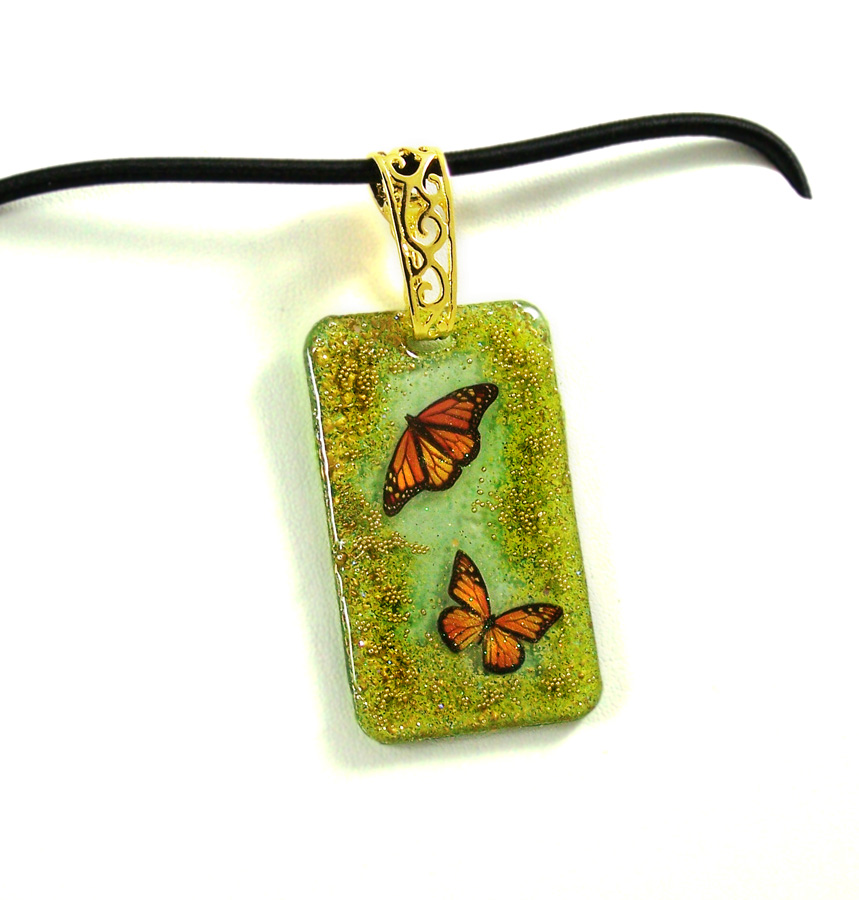
Until next time, safe travels!
Día de los Muertos, a history of thousands of years…
Día de los Muertos, otherwise known as Day of the Dead, is an amazing and wonderful holiday honoring and remembering passed loved ones. Rich in culture and history, it is often misunderstood as a form of Halloween. It is based on an old holiday, created by Meso-American indigenous culture of the Aztecs, and dedicated to the goddess Mictecacihuatl (Our Lady of the Dead), who presided over and protected the dead. Originally celebrated at the time of the corn harvest, it would last a whole month, beginning in July and ending in August. But when the Spanish invaded Mexico, the Spanish tried to eradicate this holiday, fearing it to be a celebration of death. The Spanish did not understand it was a celebration of the cycle of life and that with death there is rebirth, like the crops that were being harvested at that time of year. The Spanish tried very hard to stop the celebrations but the indigenous people would not let go of their beloved traditions. As a compromise the customs became intertwined with the Christian commemoration of All Saints’ Day and All Souls Day. Because there were also many other pre-Hispanic cultures of Meso-America that celebrated days honoring the dead such as Mayans, Toltecas, Tlaxcaltec, Chichimec, Tecpanec many of their traditions were added to the celebrations, giving this holiday a history of thousands of years.
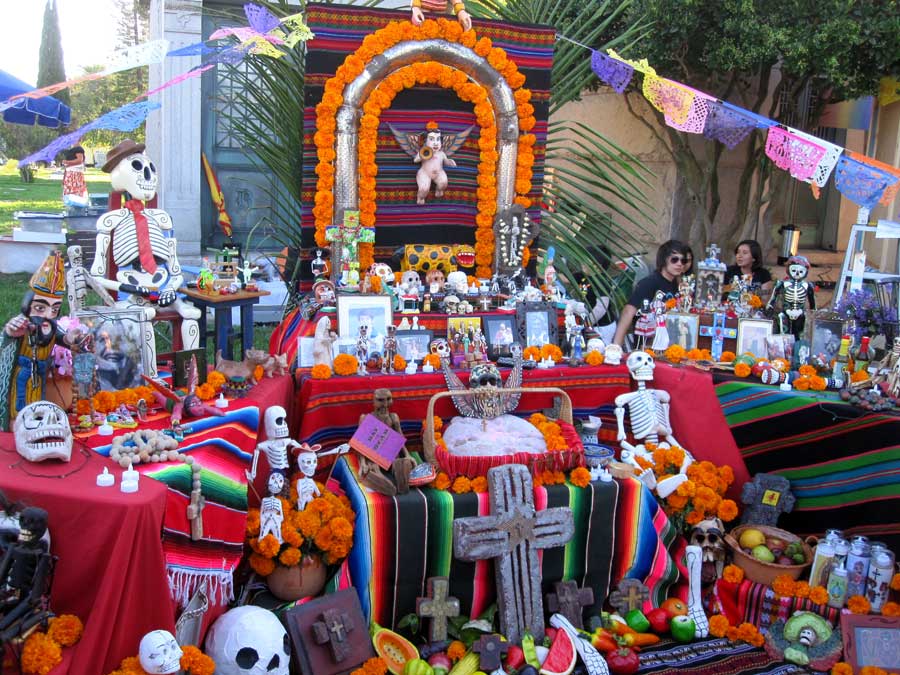
A family altar with religious items, photos and ofrendas. The celebration traditionally starts at midnight the night of Oct. 31 and goes to November 2. Traditionally November 1 is to honor children and infants Día de los Inocentes (“Day of the Innocents”) and deceased adults are honored on November 2 Día de los Muertos (“Day of the Dead”). It is a gathering of family and friends, prayer, signing and celebrating, joyous time of celebration in remembrance of those passed. Ornate altars are created and decorated with marigolds, sugar skulls, ofrendas (offerings) such as the favorite foods and beverages of the departed even possessions of the deceased. Some choose to celebrate at home and others go to the graveyards to clean the graves, hold all night vigils, and leave candles and flowers. For many communities it becomes a festival for all to participate in with parades and street parties.

A family altar dedicated to couple who owned a local community market. A common symbol of the holiday is the skull (calavera), in the form of masks, figures, sugar skulls, dioramas, puppets, and paintings called calacas (colloquial term for “skeleton”). People dress up as the deceased with elaborate face paint and clothing. Some people even wear shells, nuts or bells, so when they dance, the noise is suppose to wake up the dead to celebrate.
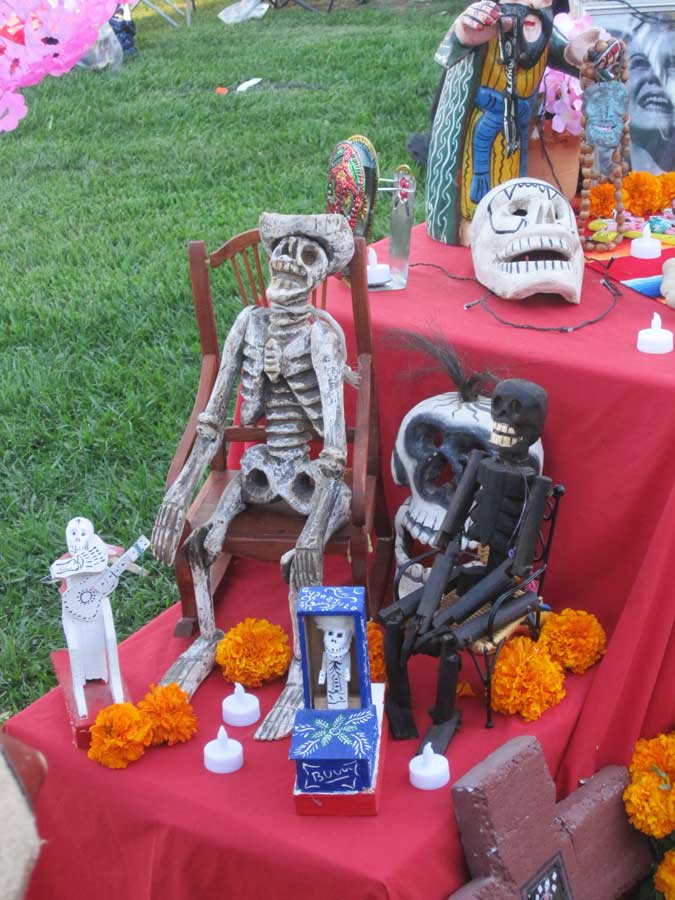
Handcrafted happy small calacas on a altar. Many of the skulls and skeletons made for the holiday are happy, bright and festive. In keeping with energy of the holiday they are meant to joyous, to live our life to the fullest. Though some calacas are made to remind us that death is a fate that even the rich can’t avoid such as the modern “Catrina”. Catrina are skeletal female figures in fancy clothing and accessories, normally made as a figure or painting. They are based on the work of Mexican printmaker José Guadalupe Posada, La Calavera Catrina, which was meant to satirize the life of the upper classes. Since his death his images have become associated with Día de los Muertos. Though like many elements of the Day of the Dead even Catrinas is seen as a reinvisioning of the Aztec Goddess Mictecacihuatl by some.
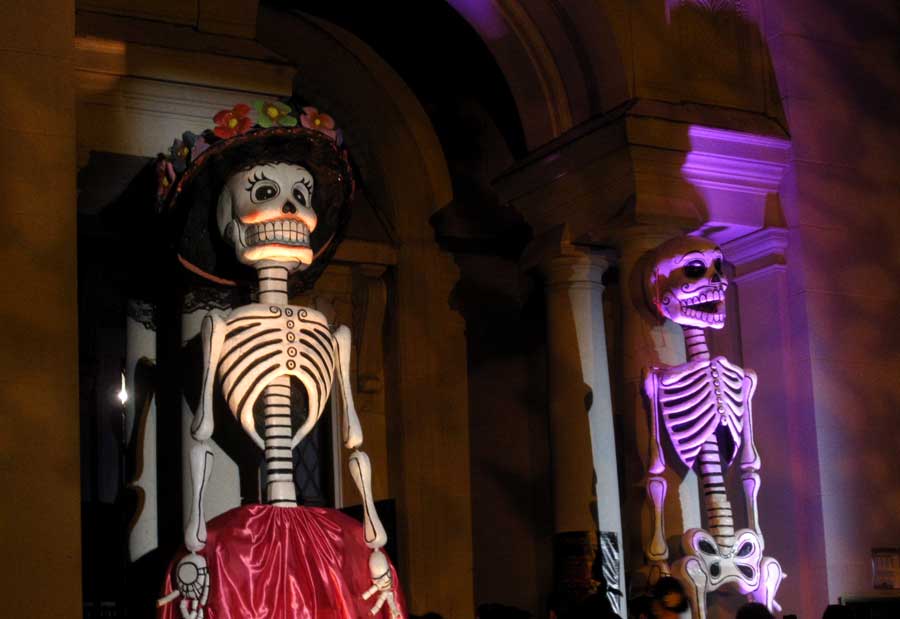
Giant calacas at the Day of the Dead, Hollywood Forever event. As the years go by more traditions are added to the Day of the Dead, with the modern age and technology more people can now enjoy and celebrate a once little known holiday. Originally from Mexico it is a holiday now celebrated the world over, with decorations, food, music, parties and the tradition of remembering our loved ones, a concept many can relate to and be joyous about.Until next time, Safe Travels!Texture and shape…
Texture and shape in the natural world has always amazed and entranced me. The flux of colors over a bumpy surface, the shadows, tactile variables all add to the experience. I have always felt any good artist looks to nature for inspiration and by watching it in action, might catch a amazing moment not normally noticed.
Taking photos, doing quick sketches or even a pencil rubbing of a texture of an element in nature is a great way to capture it for future use in artwork. I had the lovely chance to go to San Diego for a short trip and was able to run away to the ocean side for a day. Here are just a few of the lovely textures, shapes and moments I was able to capture, but sadly photos do these no justice.
I love Bougainvillea, anywhere I find it growing I just have to take a picture.
The twists and bends to the limbs give it such a surreal quality.
I didn’t even realize I took this photo, I was trying to get a photo of the rocks. LOL
A tiny crab hopes you don’t see him.
The rocks worn by water reminded me of a Martian landscape.
Happened to see a California sea lion begging the local fishermen at one of the docks.
“Aww come on just one?”
“Fine then I will find another boat!”
All kidding aside it was good that they did not feed it since they can become too accustomed to people and handouts. California sea lions are very smart, fast and can be very quiet, lovely creatures to watch, from a distance.
Until next time Safe Travels!
Busy times and a family of Artists…
I have been madcap busy these past few weeks with several art projects and clients; sadly, when that happens my blog posting drops off the deep end. I promise to rectify that. 🙂
Due to one of my current projects, I have been searching through photos and memorabilia. As a result I found some amazing photos of my parents at work. For some this might seem mundane but for me it give me a closer look at the people they were and how they changed over the years.
My parents were rather artistic people. My father was an aerospace engineer and my mother was a graphic illustrator. Being the hard working folk they have always been, they did not have time to take many pictures of their work or themselves in the process of working. I was told many stories and sometimes shown airplanes my father worked on or cartoons my mother inked but never got the chance to see them at work. They always encouraged my brother and I to do an interest in wildlife, artwork, study science and history. There’s no surprise that my brother is now a Ph.D in biochemistry, an artist in his own right, and I have worked as a exotic animal researcher, handler and full time artist.
My father passed away from prostate cancer in 2009 and I regret not talking to him more about his life. He was a quiet man but would share stories if certain people asked. I am beyond grateful that my mother is still with us and in good health for a woman in her 70s. I try to spend as much time as possible with her these days; often she surprises me with things I never knew about or pulls out a photo I thought was long gone.
These are some of the wonderful stories and photos my mother surprised me with the other day; while these will not be used in my projects I thought they were too wonderful not to share. 🙂
In the 1960s my mother worked as a animation cell inker for the
legendary Hanna-Barbera Productions; she worked on The Flintstones,
Jonny Quest, Yogi Bear, The Jetsons and many cartoon advertisements.
This is her in the animation cell workroom.Here my mother is working on practice animation cells of Jonny Quest at home.
Both of my mother’s coworkers and friends, at Hanna-Barbera Productions, this is the animation cell workroom. Of interest the hills in the back are the old Universal backlot, they would see them filming them The Virginian TV series all times of the day and night.
My father starting his career as an aerospace engineer, this was his first aerospace job after he served in the US Army as a MP and engineer.
My grandfather on my father’s side, circa 1910s. I found his pocket watch carefully stashed away by my father many years ago. From what I can gather it is the same pocket watch shown attached to his lapel on his left side of his jacket in this photo.
Here is a close up of the inside of my grandfather’s pocket watch, the engraving is just stunning.
I am grateful for these snippets into my family’s past and encourage you to do the same! You never know what wonderful stories and treasures you might find.
Until next time, Safe Travels…..

